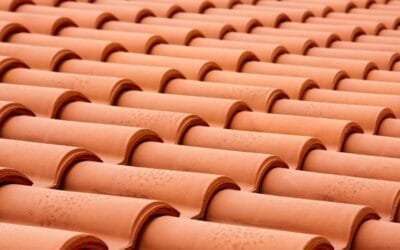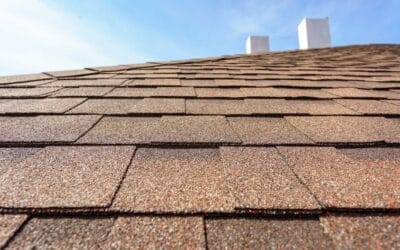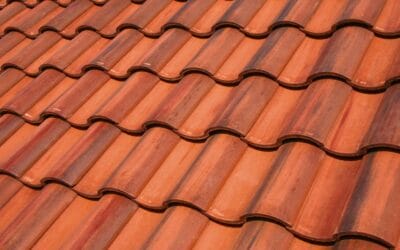In the roofing industry, a dead valley is an area of a roof that receives water but does not control or direct it, allowing the water to pool. The most common location for a dead valley is where two or more opposing roof slopes converge onto a flat or nearly flat area.
The valleys on any roof will receive more water volume than the rest of the roof because water is channeled there intentionally. If the valley is poorly designed, water can pool instead of flow. Fiberglass/asphalt roofs require a pitch of at least 3:12, so a dead valley would likely allow pooling water, which will eventually leak into the attic.
Quality minded roof installers will remove and replace valley flashing as a part of normal procedure, but not all installers are the same. If your roof has a dead valley, a quality roofing company will alert you and correct the problem so the damage doesn’t happen again.
Here we will discuss the methods professionals use to identify and correct a dead valley. The goal is to keep water runoff moving until it reaches an appropriate drain or gutter system and can be safely channeled away.
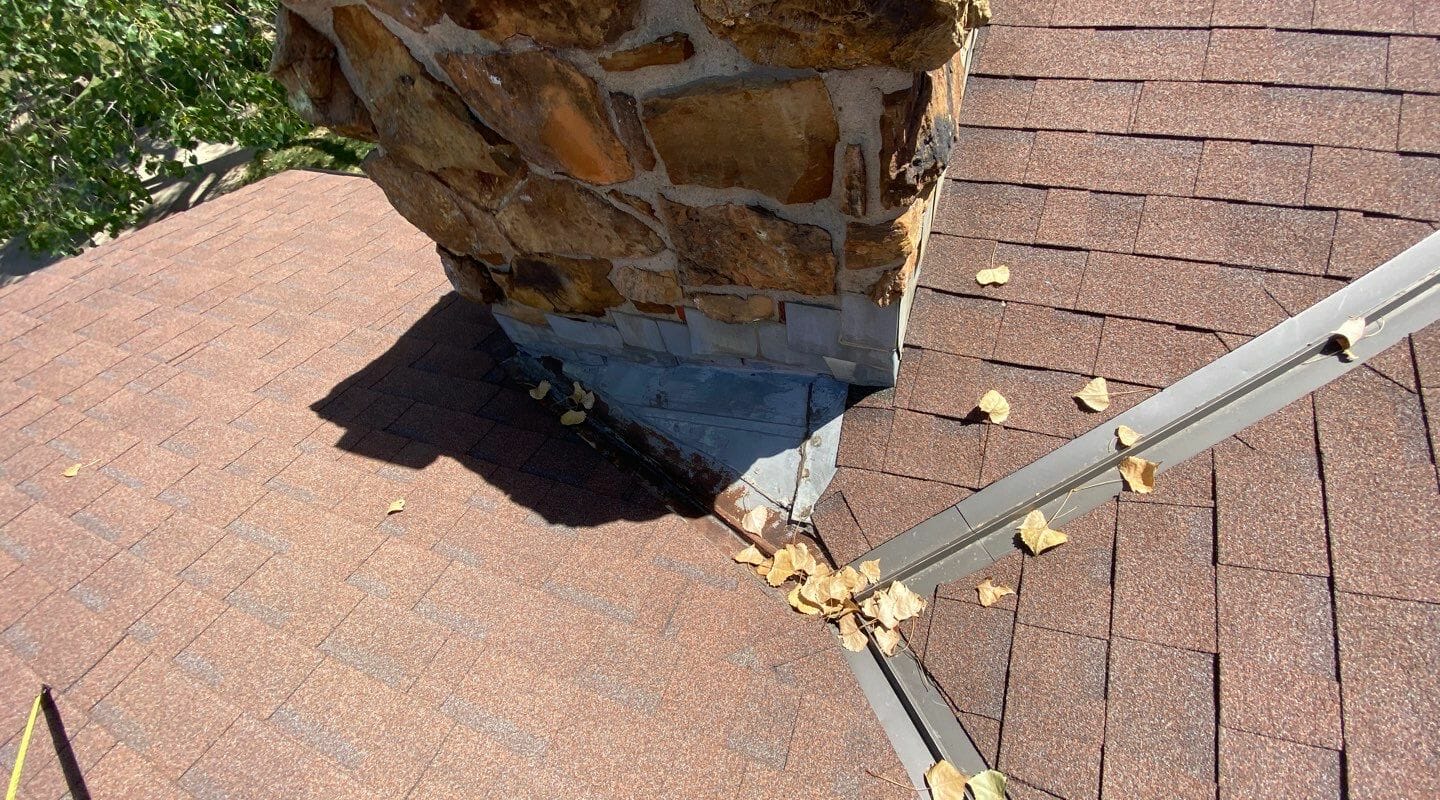
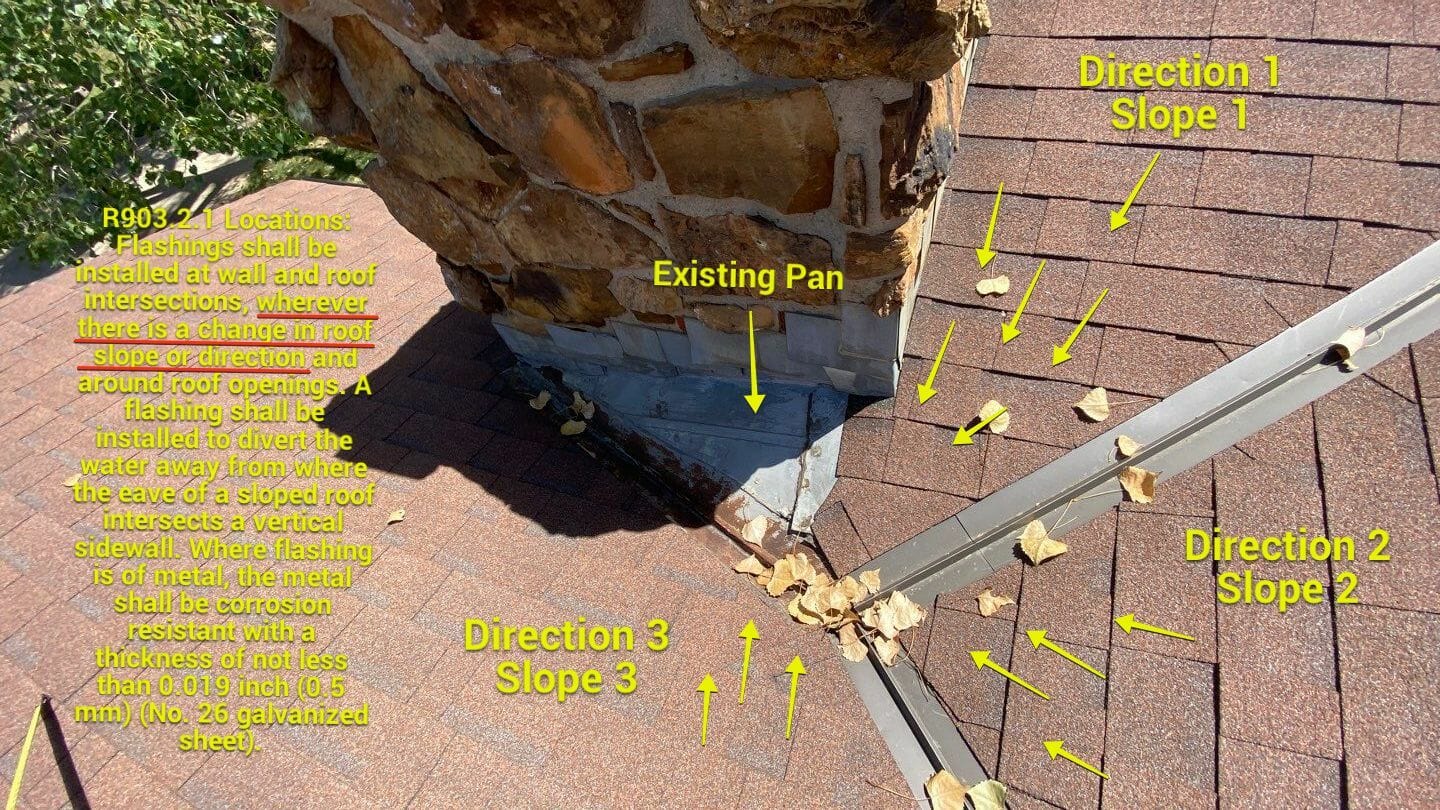
Why Is a Dead Valley On a Roof Bad?
Standing water is the enemy of any sloped roof material, like shingles or shakes. Shingles work because they direct water in one direction only, which is down. Pooling water however can attack a shingle from underneath where there is less protection.
Dead valleys result in standing water, which no sloped roof material is designed to withstand. Pooling water seeps under normal shingles, often penetrating the underlayment through a seam. Since the moisture can reach the raw roof decking under the roof, rot is the usual result.
To be clear, the roofs on some buildings are flat or nearly flat, like commercial buildings and strip malls. These roofs do not use shingles, but rather a solid material like tar or rubber. Underneath these roofs are usually tapered insulation panels, which connect together to form a large sloping area towards a drain.
On a home however, most roofs are pitched, so the ridges and hips are above the gutters and use gravity to channel water to the gutters via the valley(s). If the valley is unable to keep the water moving to the gutters, it is considered a dead valley and must be addressed.
How Does a Roofer Fix a Dead Valley?
Water can enter the dead valley, but it cannot flow out and escape. When this happens on your roof, the water collects because it has no where to drain to.
The water that doesn’t leak under your shingles often stagnates and forms a dark sludge on the roof. More often than not, debris finds its way to the roof and becomes saturated in the stagnant water. This makes the debris heavier, so it tends to stay put on the roof instead of being washed away.
Dead valleys are corrected by increasing the velocity of the water (by increasing the slope) until it is drained away. Gravity will move the water in any downward direction, so drains can be installed in strategic locations within the roof to safely direct the water to a safe location.
Another common approach is the use of tapered insulation panels or even knee wall construction to increase the slope. Generally, slopes that must be increased by 12” or less will be corrected by tapered insulation panels, and any slopes 12” or more will require a knee wall.
What Is a Cricket On a Roof and What Does It Do?
Sometimes roofing installers will install a cricket to divert water from one place to another to avoid a dead valley. A cricket works like an upside down valley, so instead of converging water, a cricket splits the water into two directions, halving the volume.
A cricket is just a small hip roof installed perpendicular to a vertical surface to divert water runoff away from the surface. For example, instead of two roof sections converging rainwater into one valley, a cricket divides rainwater into two channels, diverting the water into two directions.
Chimneys are notoriously slathered with sealant because high velocity rainwater has slammed into the siding or masonry and penetrated the joint between the roof and the bottom of the chimney. A cricket prevents this damage by diverting the water away from the chimney.
What Do I Do If a Dead Valley Can’t Be Fixed?
Sometimes repairing a dead valley by increasing the slope becomes cost prohibitive if the roof is large. An alternative to correcting the roof slope is to correct the roofing material instead. As mentioned earlier, flat or nearly flat roofs are common, but they require different materials.
Self Adhesive Bitumen
Self adhesive bitumen is made from the same materials as fiberglass/asphalt shingles, but comes in a roll about 40” wide and 25’ long instead of individual shingles. This design eliminates almost all of the seams in a roof, which is where most leaks occur.
Self adhesive bitumen has a removable backing, which exposes the adhesive. The design eliminates the need for hot mopping or roll on adhesives, making the project much cleaner. Self adhesive bitumen often adheres directly to the roof decking, creating a permanent seal.
Thermoplastic Polyolefin (TPO)
Thermoplastic polyolefin is a form of rubber roofing used to reduce the UV radiation and heat absorbed by the roof through convection. TPO is usually light in color, which helps it reflect much of the sun’s heat, reducing heat build up in the attic.
TPO is not normally used in residential construction due to its light color. However, it does make an effective low slope roofing material where appearance is less important. Most TPO is not self adhesive and requires the adhesive to be applied prior to installation.
Ethylene Propylene Diene Monomer (EPDM)
EPDM is a form of synthetic rubber that remains flexible over time, reducing cracks and gaps caused by UV radiation damage. EPDM is made from ethylene and propylene, two very durable materials commonly used in the manufacture of roofing materials.
Standard rubber roof materials tend to dry out due to UV radiation damage. EPDM is considered more durable than regular rubber roofing and has a higher tensile strength, making the material very resilient against tearing.

